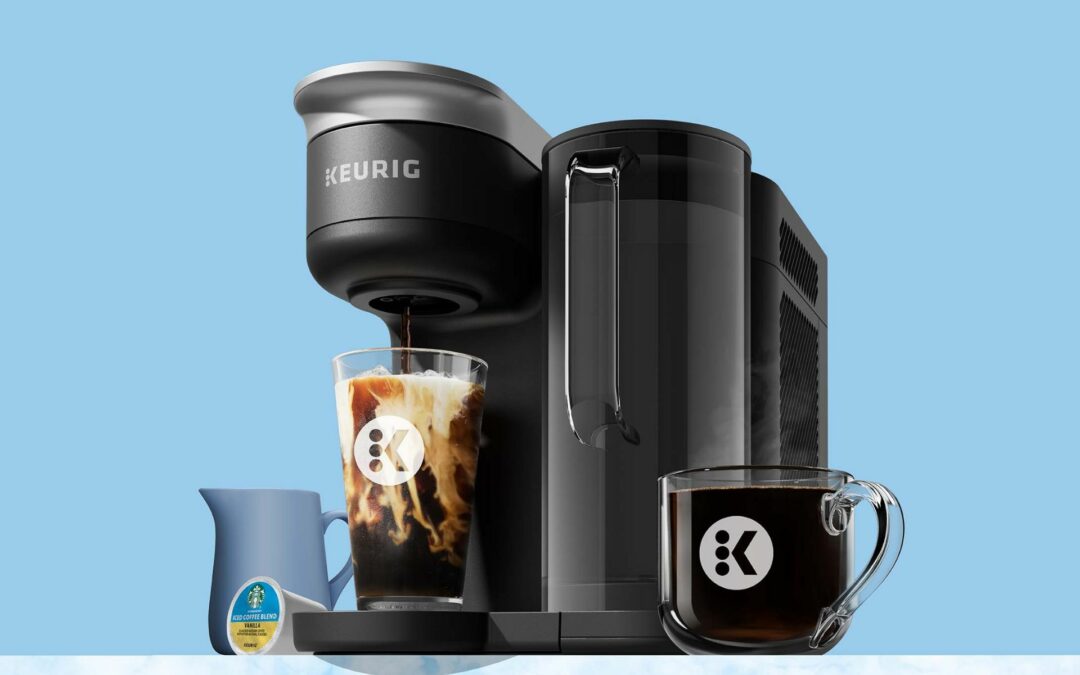Market researcher Numerator, in its Visions ‘24 report based on emergent trends, identified four dynamics likely to have a significant impact on retail as consumers confront uncertainty by establishing new priorities.
Numerator identifies those driving forces as operating under themes retailers and the vendors serving them will need to address:
- Income Divide. Brands must navigate changing financial concerns affecting consumers across income ranges, particularly as low-income households face disproportionate challenges.
- Health Empowered. Companies should adopt a more proactive approach to health, including an embrace of products that promise immediate personal benefits as well as wellness-focused mobile apps.
- Retail Retaliation. Retailers will fight for lower prices as they address consumer demands, with private labels emerging as a winning solution, often at the expense of established brands. At the same time, retailers will have to cope with the results of merger and acquisition activity, particularly if the Kroger/Albertsons combination wins approval, as well as shifts in mobility.
- Consumer Digitalization. Consumers are wholeheartedly embracing technology, with GenAI poised to be a game-changer for brands. Still, they are discerning, and trust may wane if GenAI is not executed thoughtfully.
Income Divide
Numerator pointed out personal finance concerns remain at the forefront of consumer thought, with lower-income consumers most affected. Throughout 2023, more than one in three Americans cited personal finances as their primary worry despite consumer spending resilience. Key indicators highlight this trend, with retail sales maintaining an elevated status, posting a 4.1% growth in November 2023 compared to the previous year.
Consumers also exhibited a willingness to spend on experiences such as attending concerts by Taylor Swift and Beyonce and viewing blockbuster films such as “Barbie” and “Oppenheimer.” The spending spree contributed a substantial $8.5 billion to gross national product in the United States even as consumers reached their lowest discomfort levels with tapping into savings or retirement accounts. However, an analysis from the Federal Reserve Bank of San Francisco has estimated cumulative monthly savings above the pre-pandemic average since March 2020, sitting at just $400 billion in September 2023, down significantly from the $2.1 trillion estimated in August 2021. As such, depletion of those funds could occur near the start of 2024, according to Numerator.
Numerator stated tracking of recent consumer spending revealed three noteworthy trends that have emerged, including an increase in spending on general merchandise to enhance domestic experiences as consumers cut back on out-of- home entertainment. The latest tracked month indicates positive volume growth in the sports and home and garden categories, for instance. In addition, consumers, including the more affluent, are indulging affordably at limited-service restaurants. At the same time, consumers are slightly scaling back on CPG purchases except in the pet category. Numerator suggested retailers and vendors implement sentiment and tracking studies as the U.S. presidential election approaches to keep an eye on how consumer concerns are shifting, leverage occasions as shoppers reprioritize how they spend their disposable income and engage low-income homes by tracking their activations and running targeted promotions.
Health Empowered
Despite economic and political concerns, consumers ended 2023 reporting a better state of mind and a renewed commitment to their physical health. In Numerator’s latest health pulse report, 34% of consumers said they now prioritize their physical well-being, an increase of 13 percentage points from a year earlier. The trend is universal, the market researcher added, crossing income, generational and ethnic lines.
As such, 65% of Americans claimed to have gotten their annual check-ups, up by five points compared to a year earlier. As they reach beyond traditional means of maintaining health, consumers are looking to leverage mobile apps to help track the foods they eat and their mental health. So, 11% of consumers are looking to start or boost the use of nutrition and mental health apps in the next year. Indeed, nutrition and mental health apps emerged as the most popular of any wellness tools included in Numerator research. Interest in functional foods has increased, as demonstrated by an almost twofold increase in consumers’ preference for obtaining nutrients primarily through food rather than supplements, Numerator noted. Gen Z, higher-income homes, and multicultural consumers are at the forefront of the trend as they seek out new ways to stay healthy physically and mentally. Such a mindset may have a broad effect on food preparation tools as well as edibles going forward.
Retail Retaliation
A question hovering over retail in the 2024 year is whether the consumer tolerance for price hikes has peaked. Then the question becomes, will they pull back on spending? In approaching 2024, retailers have to devise strategies for affordability and value. Already, private-label brands are gaining in popularity. Since February 2023, private-label brands have consistently expanded their unit share every month, Numerator maintained, driven by all income brackets but especially lower-income households. The growth in unit share was worth more than $1 billion, the market researcher asserted. Among the own-brands driving private-label growth are Walmart’s Great Value, Aldi, Costco’s Kirkland Signature, Wakefern’s Bowl & Basket and Trader Joe’s.
On a recent conference call, Walmart CEO Doug McMillon made a point of his concern grocery prices aren’t falling with commodity costs. Numerator suggested brands that are actually thinking about pricing in the year ahead, including raising prices, should consider mitigating strained relationships with retailers by reassessing price-pack architecture using data to identify where they can downsize. Companies should also emphasize and reinforce brand value with thought to their most important consumers and how to bolster connections to them.
Traditional retailers need to carefully consider the growth of warehouse-to-home retailing.
As global shipping logistics make that mode of commerce easier, the retail landscape for general merchandise may become even more competitive. For example, Temu, according to Numerator research, an online marketplace employing direct shipping from China, is growing and could pose a threat to online businesses, especially in the electronics and home improvement categories. In those sectors. U.S. retailers should prepare for potential price wars and identify areas where global retailers could make a significant impact on their businesses.
Consumer Digitalization
The change in retail is occurring as consumer digitalization proceeds. Take promotions as an example. In 2023, three in four promotional ad blocks for essentials were digital. For non-essentials, 48% were digital, marking a five-point increase year over year. Numerator’s analysis across highly penetrated product categories revealed that digital promotion redemptions substantially boost purchase frequency, prompting a 71% increase in spending within a year.
Leaders must strategically optimize their allocation to digital channels. The key lies in aligning the rate of digital investment with the unique dynamics and, so, driving incremental sales, Numerator indicated. In its annual shopping technologies survey, Numerator pointed out that not a single shopping technology surveyed experienced a decline in adoption in 2023. Mobile technology is experiencing a pronounced boost. Mobile payments and downloadable content witnessed significant growth, ascending by 10 points and six points year over year, respectively.
One other dynamic in the marketplace Numerator underscored was the proliferation of artificial intelligence tools. In just one year, GenAI has outpaced the adoption rates of both artificial reality and cryptocurrency, with more than one in 10 consumers experimenting with the technology during 2023. Yet, experimentation does not necessarily translate into full endorsement.
Companies must focus on AI security and governance as 45% of consumers express concerns about the privacy policies associated with artificial intelligence technologies, Numerator reported. To address this, businesses should engage legal counsel and collaborate with AI consortiums to establish robust governance frameworks, Numerator asserted, building AI trust incrementally. More work has to be done on the AI acceptance front, suggested by the relatively low faith in product recommendations generated by artificial intelligence, as only 1 in 4 consumers express confidence. Brands should prioritize leveraging GenAI for technical solutions initially to foster trust before fully committing, Numerator proposed.
Companies also need to test AI concepts and creative content before running them. In a critical point, GenAI needs to benefit the consumer and not just the business. Companies can benefit from AI enhancement of back-end processes, but the emphasis should be on using GenAI to enhance the consumer experience, Numerator insisted. Consumers welcome GenAI as a value-add for their shopping journey, whether through facilitating price comparisons, offering clothing size recommendations, or enabling realistic virtual try-on and try-out tools. Walmart is making a case for the technology with the GenAI-powered search on its mobile app, allowing customers to seek by use case. A prevalent consumer desire for AI, Numerator observed, is that it possesses a bit of the human, whether by making jokes, mimicking celebrities, or reflecting the fun nature of the user’s own personality.





